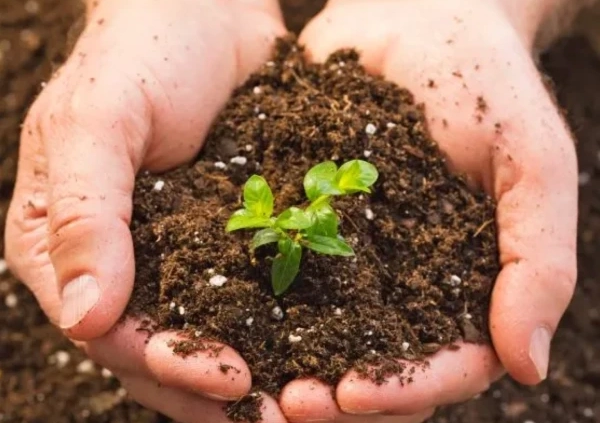Plant measurement indicators
What is plant indexes in satellite imagery?
NDVI (Normalized Difference Vegetation Index)
NDVI is the most common vegetation index is remote sensing, which simply describes plant growth based on how different light waves are reflected by a plant. It can be used throughout the growing season, except when vegetation is very scarce. This indicator is quite sensitive to soil brightness and weather effects. The best time to use this index is in the middle of the season during the crop growth phase.
For the convenience of users, Satelyzer Company shows the values of this index with color parameters that green indicates a dense and healthy product and red indicates a low and scattered product or there are problems on the ground with other indicators that will be introduced bellow in this article. By identifying weak areas through the maps provided by Satelyzer, farmers can go to the area and take action to solve the problem.
NDWI (Normalized Difference Water Index)
NDWI is sensitive to changes in the water content of agricultural products. This index is used to identify flooded agricultural lands, identify irrigated agricultural lands and identify wetlands. This index is modeled in blue in the Satelyzer’s system. As it is clear from this figure, the more blue the image, the more water content of the product and the redder the image, the less water content.
From this figure we conclude that the parts of the field that are red are facing the problem of water shortage. Satelyzer users can irrigate the area by identifying low water areas.
NDRE (Normalized Difference Red Edge Index)
The plant nitrogen index indicates the level of nitrogen absorbed by the plant. The best time to apply the nitrogen index is mid to late growing season, when the plants are mature and ready to harvest. At this point, other indicators will be less effective for use. At this point, NDRE is a much better indicator than NDVI. This is why using the NDRE map for variable rate fertilization, spraying, irrigation, fertilizing and other field activities will be more effective in the later stages of growth. By identifying low-nitrogen spots in a field there will be no need for fertilizing whole field, which results in savings in fertilizer consumption and costs.
LAI (Leaf Area Index)
The LAI index is designed to analyze the leaf area of the field and estimates the amount of leaves in a particular area. This index is important for monitoring crop and forest health, environment and weather conditions.This index is very important for comparing and selecting the best cultivar, especially forage plants that have high leaf area.This index is shown in green and yellow in Satelyzer system. As can be seen in the figure, the areas with a brighter green color have more leaf area and vice versa.
CHL (Chlorophyll Content Index)
The plant chlorophyll index shows the amount of chlorophyll stored in the product. The higher the CHL index, the higher the chlorophyll content of the plant. The Satelyzer system shows this indicator in green and brown. In the picture, it is clear that the greener the map color, the more chlorophyll in the plant, and the more brown it is, the lower the chlorophyll in the plant. High chlorophyll can be a sign of plant growth and increased green area.Perhaps in areas with less chlorophyll, the size of the plant is smaller and the green area is less, in which case further strengthening of these areas will increase the level of chlorophyll in these areas.



Love it! Thanks a lot!